The sky is a vast canvas that showcases some of the most captivating and unusual natural phenomena. From shimmering lights to rare atmospheric events, our celestial realm never fails to astound us. In this article, we will explore ten unusual phenomena that occur in the sky, offering a glimpse into the awe-inspiring wonders that lie above us. Prepare to be fascinated as we unravel these extraordinary spectacles that defy our understanding of the heavens.
Content:
- Rainbow Clouds (Nacreous Clouds)
- Sprites and Blue Jets
- Ball Lightning
- Noctilucent Clouds
- Sun Dogs (Parhelia) and Halos
- Green Flash
- Aurora Australis (Southern Lights)
- Lenticular Clouds
- Moonbows
- Fire Rainbows (Circumhorizontal Arcs)
Rainbow Clouds (Nacreous Clouds)
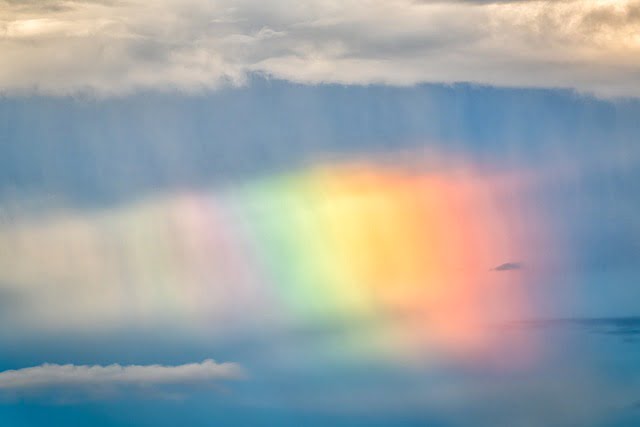
Nacreous clouds, also known as polar stratospheric clouds, are a type of cloud formation that occurs at high altitudes in polar regions. These iridescent clouds display a stunning array of colors, ranging from blues and greens to pinks and purples. The unique formation of ice crystals in the stratosphere creates this mesmerizing spectacle, providing a rare and ethereal sight for lucky observers.
Read More: 10 Marvelous Rock Formations in the World
Sprites and Blue Jets

Sprites and blue jets are transient luminous events that occur above thunderstorms. These appear as flashes of orange or pink light that extend vertically from the tops of thunderstorm clouds. Blue jets, on the other hand, are blue luminous discharges that shoot upwards from the tops of clouds into the stratosphere. These enigmatic occurrences remain incompletely understood, and for those delving into the marvels of the atmosphere, witnessing them is a seldom-encountered event.
Read More: Top Places To Visit In India With A View Above The Clouds
Ball Lightning
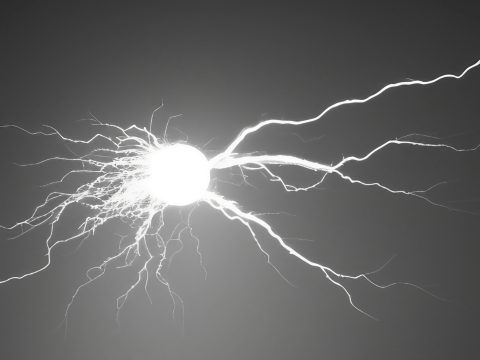
Ball lightning is a rare and mysterious phenomenon characterized by the appearance of a glowing sphere during or after a thunderstorm. These luminous balls can vary in size, color, and duration, floating or moving erratically through the air. Scientists are still working to unravel the mechanisms behind ball lightning, and its elusive nature continues to captivate the imagination of skywatchers worldwide.
Noctilucent Clouds
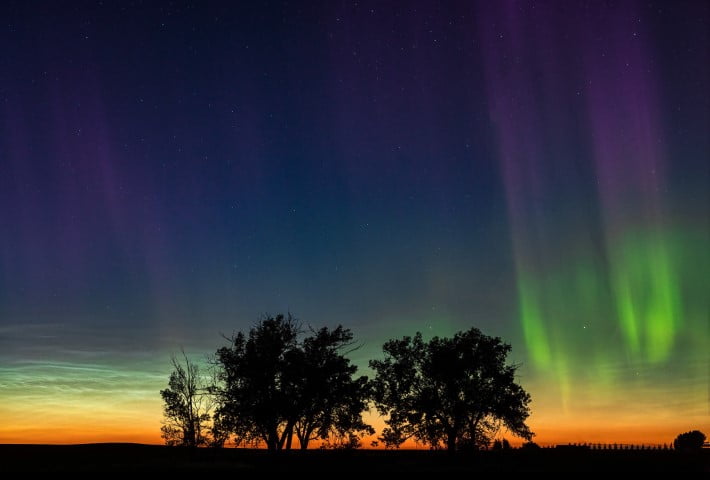
Noctilucent clouds are thin, glowing clouds that form at high altitudes during the summer months in polar regions. Composed of ice crystals, these clouds reflect sunlight long after sunset, creating a mesmerizing silver-blue glow against the darkening sky. The influence of climate change on noctilucent clouds is a subject of belief, and their escalating prominence serves as a striking reminder of the perpetually changing state of the Earth’s environment.
Read More: Types Of Forests In The World
Sun Dogs (Parhelia) and Halos

Sun dogs, also known as parhelia, are bright spots that appear on either side of the Sun, often accompanied by a luminous halo. These optical phenomena are caused by the refraction and reflection of sunlight through ice crystals in the atmosphere. Sun dogs can display a variety of colors and shapes, creating a captivating celestial display that adds a touch of magic to the daytime sky.
Green Flash
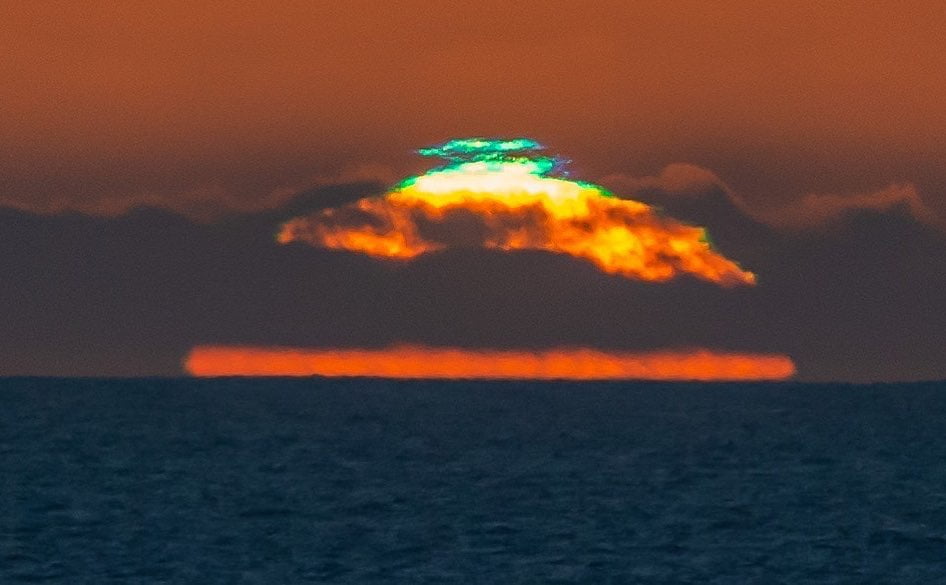
The green flash is a rare optical phenomenon that occurs just after sunset or just before sunrise. It appears as a brief green flash of light that hovers above the horizon for a few seconds. The occurrence is a result of sunlight undergoing refraction while traversing the Earth’s atmosphere, where the green light becomes the final visible segment during the setting or rising Sun. Witnessing a green flash is considered a fortunate and enchanting experience for sky enthusiasts.
Read More: Top 7 Natural Wonders Of The World
Aurora Australis (Southern Lights)
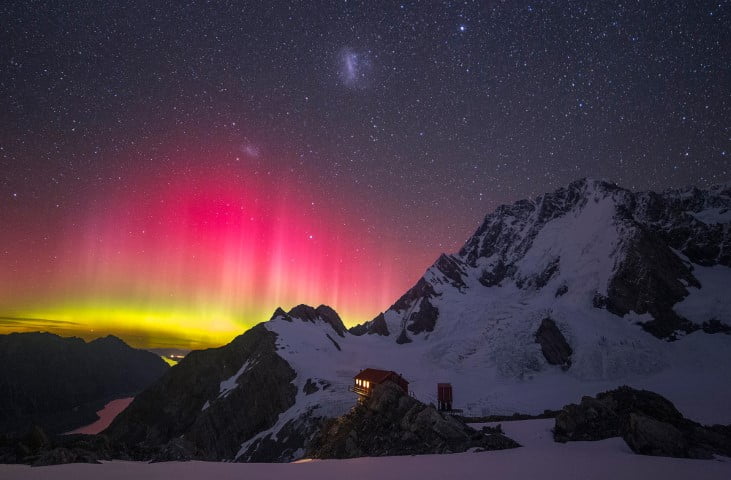
Similar to the Northern Lights, the Aurora Australis is a stunning natural light display that occurs in the Southern Hemisphere. Charged particles from the Sun collide with atoms and molecules in the Earth’s atmosphere, creating vibrant curtains of light that dance across the sky near the Earth’s poles. The colors range from green and pink to purple and red, providing a breathtaking spectacle for those fortunate enough to witness this celestial dance.
Lenticular Clouds
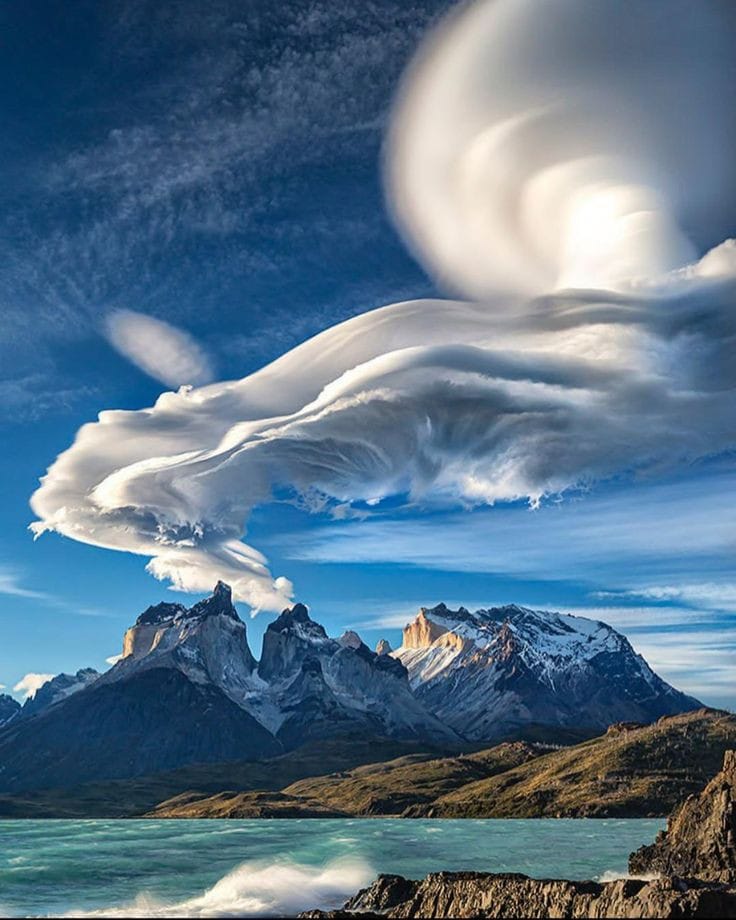
Lenticular clouds are lens-shaped clouds that form in the troposphere, typically near mountainous regions. They appear as smooth, elongated clouds with well-defined edges, often stacked on top of one another like a stack of pancakes. The formation of lenticular clouds is a result of the interaction between moist air and the terrain, leading to the creation of standing waves in the atmosphere. Their unique shape and resemblance to flying saucers or UFOs have sparked fascination and intrigue among skygazers.
Read More: Effect Of Climate Change On Earth
Moonbows
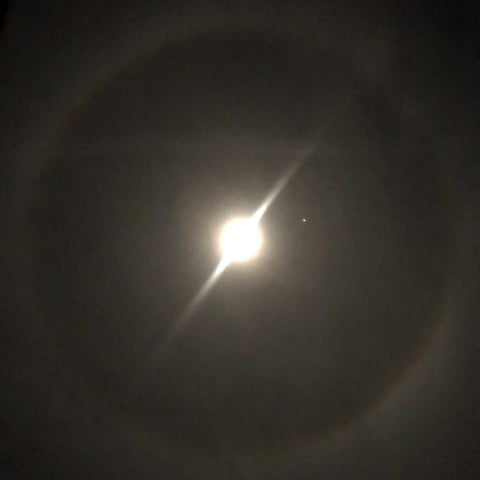
Moonbows, also known as lunar rainbows, are rainbows that occur at night under the light of the Moon. They form when moonlight is refracted and reflected by raindrops or other sources of water vapor in the air. Moonbows often appear fainter and display cooler tones compared to daytime rainbows, creating a mystical and ethereal ambiance in the night sky.
Read More: 10 Interesting Facts About the Moon
Fire Rainbows (Circumhorizontal Arcs)
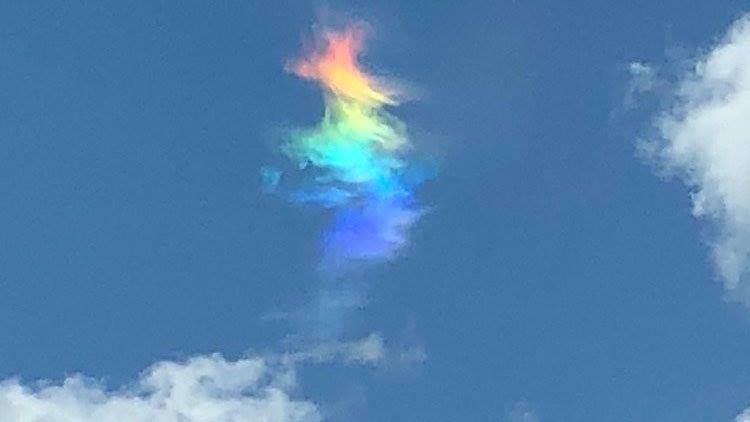
Fire rainbows, scientifically known as circumscribed horizontal arcs, are vibrant, rainbow-colored arcs that appear parallel to the horizon. They occur when the Sun is high in the sky (above 58 degrees) and sunlight passes through high-altitude cirrus clouds containing hexagonal ice crystals. The result is a stunning display of colors stretching across the sky, resembling a flame or a multi-colored wave.
